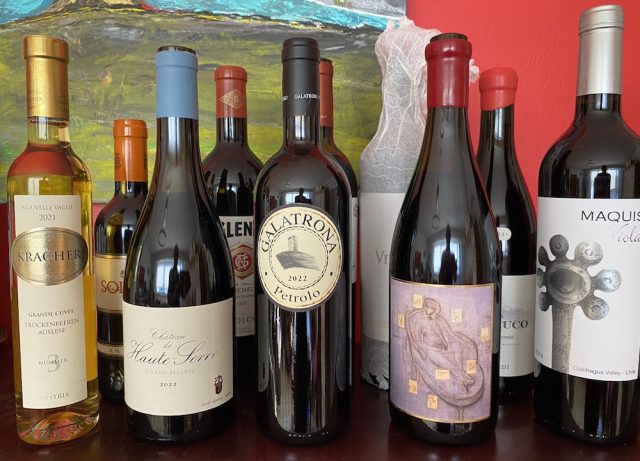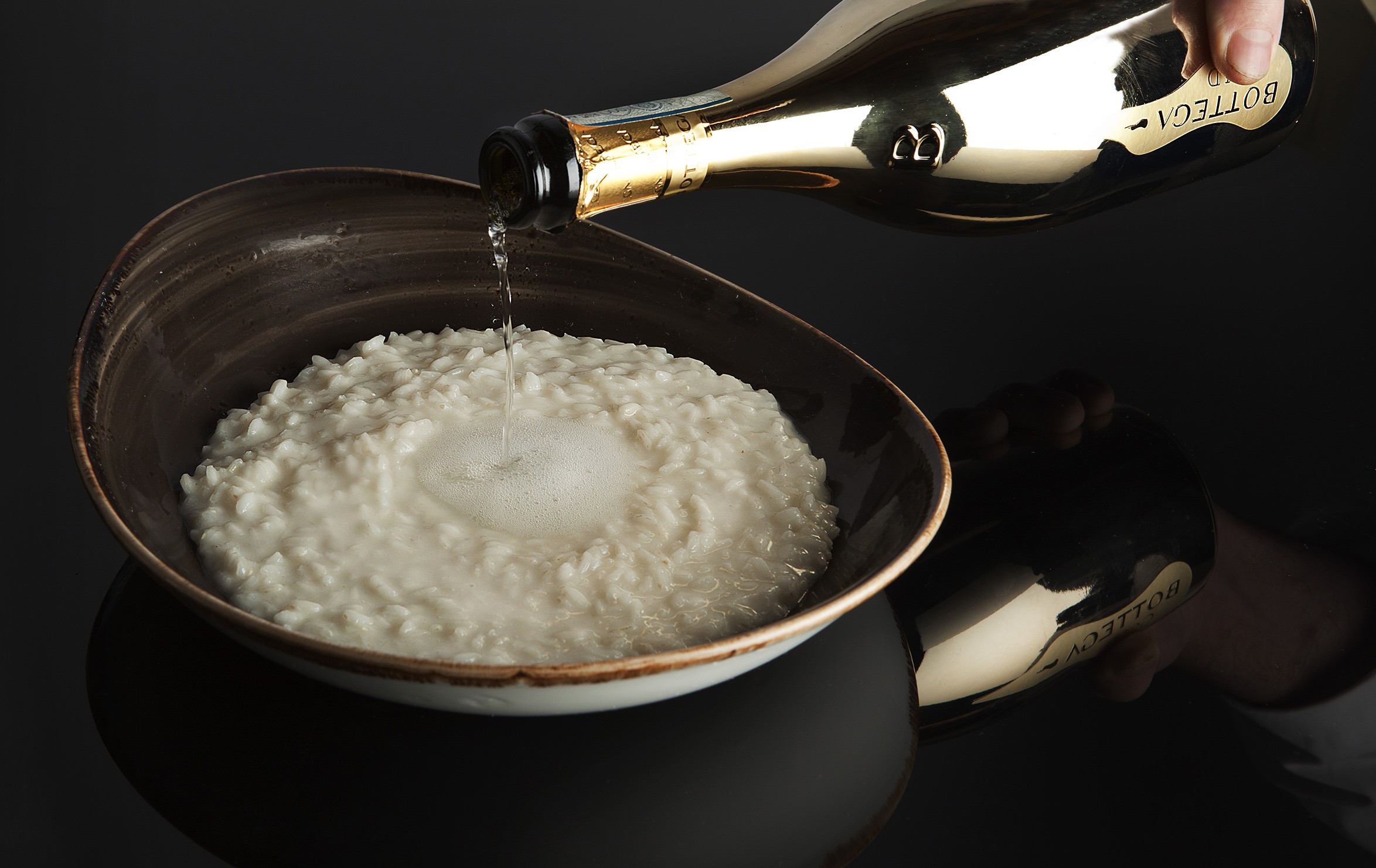The market conditions shaping the September hors Bordeaux campaign
It is hardly a closely guarded secret that present market conditions are not good and unlikely to improve any time soon on La Place. Colin Hay investigates.

Indeed, we are on the eve of another campaign that is probably better referred to by the season in which it occurs (autumn) rather than the month in which it starts (September). For it is likely to prove attritional. The business that would once have been conducted in a month is likely to drag on and, not for the first time, the troops might not be home for Christmas.
Put bluntly, then, few if any of these wines are likely sell through in September and the properties, the courtiers and the négociants bringing these wines to the market will be delighted if a good proportion of them have sold through as autumn turns to winter or, indeed, winter to spring.
Indeed, the expectations of La Place today may well be exceeded if the September releases (for the autumn campaign) fare any better than the March hors Bordeaux and Bordeaux en primeur releases that preceded them. Confidence, in short, is thin on the ground.
The fine wine market mood is summed up well in the ostensible ‘optimism’ of Liv-ex’s latest market briefing. The rate of decline of Bordeaux sales by value, they point out, slowed between the second half of 2023 and the first half of 2024. Things, in other words, are getting worse, but at a decelerating pace (we might even imagine, as Liv-ex puts it, that prices are starting to ‘find a floor’). But that’s as good as it gets for now.
We gain another precious insight into the market sentiment around Bordeaux if we consider the question posed to me the other day by a château proprietor whose wines are not sold through la place. The question was a simple one. Given how bad the 2023 Bordeaux en primeur campaign turned out to be, why were the chateaux not queuing up to jettison their distribution through La Place for a more direct distribution from the property? My answer was simple – and in two parts. First, because none of them were prepared to give up the prospect of even limited sales through La Place when they weren’t convinced that a more direct distribution would help. And, second, because this was a story of négociants refusing their allocations not of properties refusing to propose to them an allocation in the first place. That is where we now are. And it has important implications for the September campaign.
Two further contextual factors are very important. The first is real, the second feared. The painful reality here is the now sustained decline in the Chinese market, which has dropped by two thirds from its 2017 peak, again according to Liv-ex (the data they cite is for Bordeaux sales, by value). The as yet unrealised fear is of looming economic difficulties, and perhaps even recession, in the US – the one global market of significance where demand has remained relatively buoyant.
Put all of this together and we have an almost perfect storm. It is not difficult to see that September is likely to prove ‘complicated’ (the courtiers’ favoured euphemism) – and it comes after a March campaign and, indeed, a September campaign before that which hardly set the pulse rating nor the coffers ringing.
Reasons to be cheerful (parts 1, 2 and 3)
That sounds bleak and it sounds bleak for good reason. But it is perhaps also just a little too bleak. For, at least when put in a slightly longer term perspective, things look just a little different. So how might we squeeze a little optimism from the tea leaves?
To start with there are certainly a few crumbs of comfort to be found in some recent trends and the broader evolution of the fine wine market (above all on la place) that they point to. There is good news here if we are prepared to look for it, above all for the hors Bordeaux market on La Place.
Partner Content
It comes in a number of forms:
- La Place’s hors Bordeaux offering is now well established and institutionalised: the September releases having become a key date in the global fine wine calendar. That was not the case really until September of last year and, placed in any longer term perspective, it is game-changing.
- La Place’s role in the selling of these wines has been accepted in London (by La Place de Londres): yet that acceptance is, of course, still partial and grudging. Partly as a consequence, there remains a sense that London is less committed to wines that are now offered through la place than it was before they came to be offered through la place. Its automatic reflex, it seems, has been to defend its margin by offering ostensibly similar wines with a more direct distribution from the property and to go less ‘full in’ on those offered through la place (notably in Piedmont and Napa but more generally too). But that, I suspect, is temporary.
- The hors Bordeaux market was always going to have something of a ‘boom and bust’ cycle to it. Indeed, the extent of that cyclicality (the relative height of the ‘peaks’ and the depths of the ‘troughs’) was always going to be greater than that for the (hardly non-cyclical) en primeur market, responding even more quickly to variations in demand on the up-side as well as the down-side. That is now much better appreciated by the leading actors of la place and their decision-making is better informed today than it was as a consequence.
- What we have witnessed (and still witness today) is a downturn. And after the trough has bottomed out (after the ‘market floor’ has been found) there is only one way for the market to go.
- The present market conditions can be viewed as a downturn. But they can also be viewed as a crisis. And crises are accelerators of change. That change has been – and is likely to continue to be – good for the future of hors Bordeaux through la place. For it has led, amongst other things: to a better-informed decision-making process as to what is likely to work on la place; to a more realistic assessment by the properties themselves of the opportunities that distribution through la place presents; to a rather more sanguine and cautionary approach on the part of the courtiers; and to a partial cleansing of the market both of wines that no longer work and, indeed, of some négociants who were not sufficiently specialist to sell these wines well but who were excited to join the bandwagon. Some of this has been painful, but the blood-letting has been effective. The patient is in remission and can be expected to recover better for the surgery.
- hors Bordeaux on La Place is now sold by a somewhat smaller pool of the very best négociants – largely those prepared to invest in a more or less dedicated sales team for these wines. We are seeing, in effect, the construction or re-construction of a négociant elite. The fine wine portfolio of that elite includes a significant and, indeed, growing proportion of non-Bordeaux wines (by value and by volume). The implications, over the medium- to long-term, are clear.
- This crisis period has actually seen a growing turn to Bordeaux and La Place from many of the world’s leading producers (in Europe and beyond). For it has exposed the fragility of their own distribution models. To date, not many of these potential projects have actually been launched on la place, the exception being the arrival for the first time of top-end German Riesling. But it is clear that, during the downturn, the courtiers of la place have been quietly working on a number of dossiers and are just waiting for the market conditions to improve. As soon as the market becomes more benign – more ‘bullish’ – we can expect to see a flurry of jaw-dropping new releases. These can only serve to consolidate the importance of non-Bordeaux wines in the offering of the leading négociants of La Place.
As this perhaps suggests, the institutions of La Place continues to evolve. Put very simply, the leading négociants of la place today are the négociants most invested in the hors Bordeaux market. And their investment in that market has led them to work rather differently from their former peers.
Fascinatingly, they start to resemble more closely their London broker counterparts both in terms of the job they do (with more active and direct marketing and communications aided by simultaneous translation using AI) and in terms of the portfolio of wines they offer (a more diverse and global offering with Bordeaux becoming, in effect, a fine wine one-stop-shop).
The crisis, in short, has accelerated the transformation of la place and consolidated the importance of hors Bordeaux within it and, perhaps above all, in its future.
Crisis measures
The crisis has also led to an interesting, if possibly short-term, evolution in the functioning of La Place for hors Bordeaux wines.
We have seen, in effect, an adaptation of the working methods of la place to more difficult market conditions. Previously, for a non-Bordeaux wine sold through la place, the wine was allocated shortly before release between a pool of select négociants with each pool member taking all of their agreed share essentially on release and paying for it then.
What we see today is the emergence of a slightly different model more suited for times of low demand. Each négociant is still assigned the same but now rather more notional and flexible maximum allocation, drawing it down as they sell during a more drawn-out campaign. Here the property is rewarded only on the basis of sales achieved and does not receive the financial value of the entire allocation up-front.
Imagine a hypothetical négociant, TATV (ToutAcheté ToutVendu), with a notional allocation of 2000 cases of Magnifico from Tuscany to be released in September. Historically TATV would have paid for their 2000 cases on release; today, no longer. Instead they will take perhaps 30 per cent of the allocation in a first tranche and pay only for that.
Once it is sold through, and only if it is sold through, they will return to the courtier and the property for a second tranche of their allocation. And, of course, if they sell through their entire allocation in this way whilst that of other négociants in the pool remains unsold they may well be able to take some of that too. This is a sensible adaptation born of necessity. It is likely to prove temporary and it applies only for certain wines.
This is perhaps a relatively trivial example. But what it shows, once again, is the institutional adaptability of la place and its capacity to evolve. Therein lies its collective strength. That strength has been significantly challenged over the last 18 months. But for now at least Bordeaux has shown itself to be more robust than many of its critics had imagined.
Related news
hors Bordeaux: a tasting tour through the platform's top international expressions




